The OTHER Mona Lisa
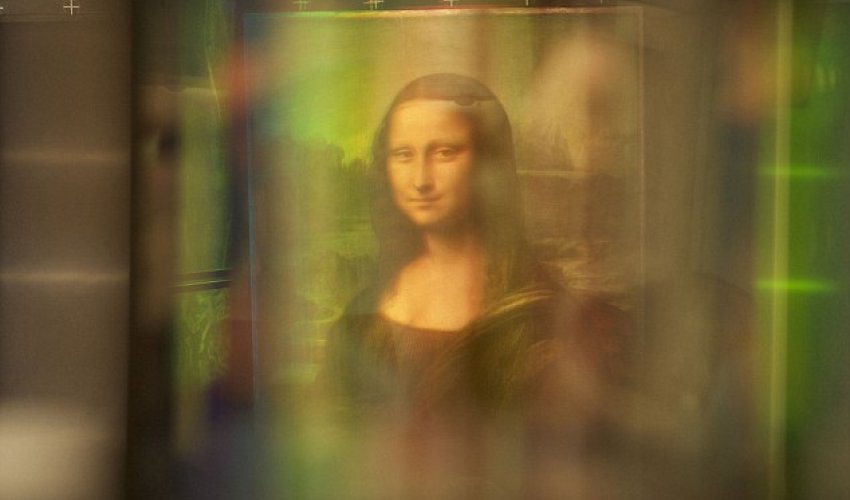
Her mysterious smile has always seemed like the Mona Lisa knew something those looking at her did not - and now it seems she has been hiding a secret all along.
A French scientist claims to have discovered a second portrait of a woman hidden beneath Leonardo da Vinci's famous masterpiece and has created a digital reconstruction of what she looked like.
The unknown woman appears to be looking to one side and has a far slimmer and more feminine face than the woman in the final portrait.
Pascal Cotte, the engineer who has analysed the painting, says he discovered the second portrait beneath the existing painting using a technique called reflective light technology.
He says the woman may be an entirely different person to the woman depicted in the Mona Lisa, or it may be an earlier attempt by the artist to capture his muse on canvas.
It may be the original portrait of Lisa del Giocondo, who also known as Lisa Gherardini - the woman who is thought to be the model for the Mona Lisa.
However, there are also claims the woman in the famous painting is actually Mona Pacifica, the lover of da Vinci's patron, Guiliano di Lorenzi de Medici.
But not everyone is convinced and the Louvre Museum, where the priceless painting is on public display, has declined to comment on the claims.
As well as the mystery of the Mona Lisa's identity, there are theories that da Vinci painted more than one version and there are conflicting dates about when the painting was commissioned and finished.
A new documentary called 'Secrets of the Mona Lisa,' which will airs tonight at 9pm on BBC2, aims to shed light on some of these mysteries using new research and technology.
Da Vinci is believed to have worked on the painting between 1503 and 1517 and for centuries, it has been believed the woman with the enigmatic smile is Lisa del Giocondo, the wife of a Florentine silk merchant.
Presented by art historian, Andrew Graham-Dixon, the new programme will embark on an investigation using the latest optical, forensic and historical tools to examine new evidence that the painting hanging in the Louvre may not be the original Lisa.
One of the techniques used is the Layer Amplification Method, (LAM) which involves projecting a 'series of intense lights' on a painting to reveal what lies beneath what is visible to the naked eye, the BBC reported.
It was pioneered by Mr Cotte, founder of Lumiere Technology, who in 2004 was granted access to scan the Mona Lisa and finished the project in 2012.
A camera is used to project 13 different wavelengths of colour onto a picture, each penetrating the paint surface to different depths.
It then measures the light reflected by these layers, generating over three billion bits of data and thousands of images.
From that data, a reconstruction of what's in between layers of paint can be made.
Mr Cotte claims his technique is able to find layers undetected by other tests.
In a previous study, Mr Cotte worked with academics from French universities to reveal the original colours the Mona Lisa had been after it had been painted. He has also used the technique to study the 'smoky' sfumato style used to achieve the paintings enigmatic smile.
(dailymail.co.uk)



www.ann.az
Similar news
Similar news




























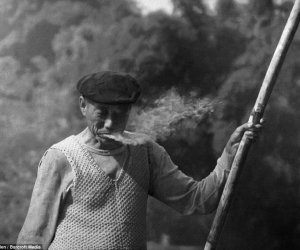
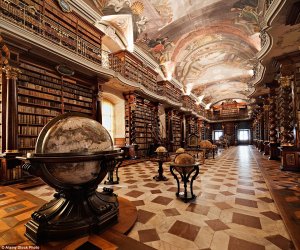
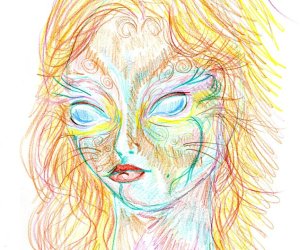

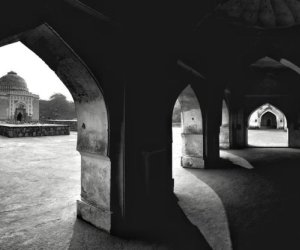



 Photo
Photo 



 Video
Video 

